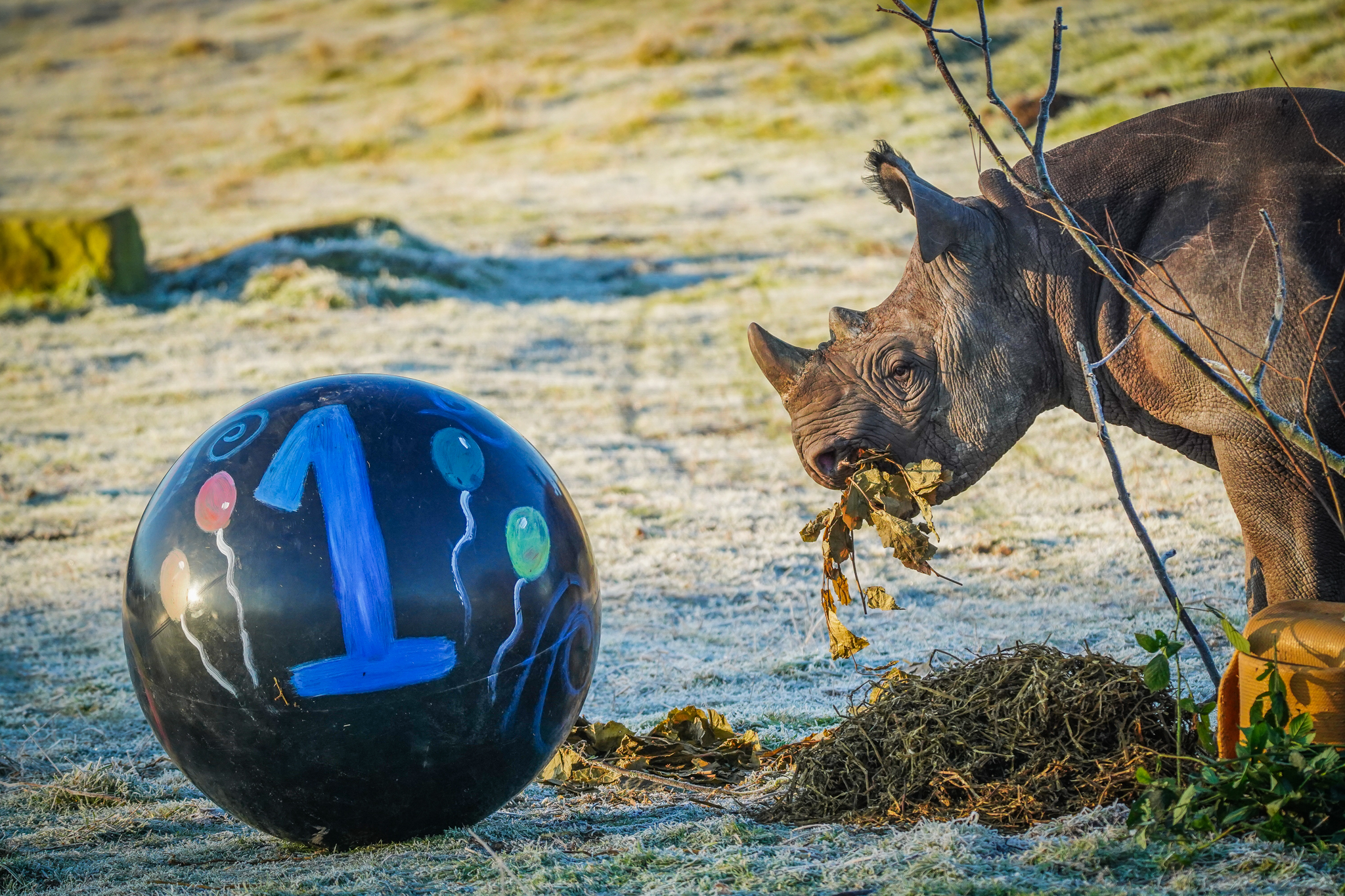Today, as we celebrate World Tapir Day, we are reminded of the importance of conserving these magnificent creatures and the ecosystems they inhabit. Many people may not know that these underappreciated mammals are endangered. There are four species of tapir, all of which are in need of conservation. The Malayan, mountain, and Baird’s tapirs are listed as endangered by the International Union for Conservation of Nature (IUCN), and the lowland tapir is listed as vulnerable.
At the heart of our celebration lies a commitment to safeguarding the future of the lowland tapirs in the Misiones province of Northern Argentina. WildLife Foundation has previously provided funding to our partner organisation WildCare Institute. This supported a project to strengthen a ‘green corridor’ sanctuary to create a ‘safe haven’ for lowland tapirs.
To celebrate World Tapir Day, we want to share some fascinating facts to help raise awareness about these amazing creatures.
Tapirs are often called ‘living fossils’
The origins of the tapir trace back to the early Eocene-era of North America. From these ancient roots, the tapir has journeyed across continents, with its modern-day descendants now dwelling in South America, Central America, and Southeast Asia.
Despite the passage of millennia, tapirs have remained remarkably unchanged, earning them the distinction of being among the most primitive mammals on our planet. Their evolutionary lineage stretches back some 20 million years, with the earliest fossil records dating to the Early Oligocene Epoch.
They have a prehensile nose
The tapir’s nose and upper lip combine into a flexible distinctive snout much like an elephant’s trunk but it’s called a prehensile. This means it’s designed to grasp and manipulate objects. Tapirs use this remarkable feature to gather fruits, leaves, and various foods. When faced with a tantalising treat just out of reach, they extend their snouts upwards, wrapping around the morsel and deftly bringing it within grasp for consumption. It can also be used as a snorkel when the tapir is underwater and as an effective tool to detect odours wafting through the dense forest.
Tapirs are vital components in their ecosystems
Tapirs play a crucial role in tropical forest ecosystems, actively shaping and preserving biological diversity. As adept seed dispersers, they leave behind well-fertilised seeds, enriching the environment and ensuring a continuous cycle of growth and sustenance for themselves and other wildlife. A recent study conducted by San Diego Zoo Wildlife Alliance in Peru uncovered an astonishing 122 different seeds within the dung of lowland tapirs, highlighting their significance in ecosystem health. Additionally, tapirs serve as vital recyclers of nutrients, contributing to soil fertility and landscape vitality.
Tapirs are closely related to rhinos and horses
Although some may say a tapir looks like a pig, their closest relatives are actually rhinos and horses. They are perissodactyls, a group of herbivorous mammals also known as odd-toed ungulates.
They talk to each other by whistling
Tapirs use many ways to communicate with each other, one of which is producing a high-pitched whistle through their mouth and nose, which is one of the most common tapir vocalisations. It can be described as a guinea pig squeak or even car brakes screeching to a halt. They also use other vocalisations such as grunts and snorts which may convey information about their mood, intentions, or territorial boundaries. While they are generally solitary animals, they may vocalise to communicate with others in their vicinity.
They are being hunted faster than they can reproduce
The hunting of tapirs for their meat is one of the biggest threats, with habitat fragmentation and encroachment by humans being two other major factors. However, due to their long gestation period of 13-14 months and only being able to have one offspring per pregnancy, it makes it hard for them to reproduce at a fast rate. They also wait 17 months after giving birth to mate again, which is one reason for their decline. Hunting has also affected their behaviour as they are known as being diurnal which means they eat during the day, however, some have swapped to being nocturnal to avoid being hunted.
As we reflect on World Tapir Day, it’s important to remember the critical state of these remarkable creatures. Despite their significant contribution in shaping ecosystems and their fascinating adaptations, tapirs face immense challenges. So let’s not only celebrate their unique characteristics but also raise awareness about the threats they face. By sharing their stories and advocating for their protection, we can collectively work towards a future where tapirs continue to roam the forests, enriching our planet’s biodiversity for generations to come.
If you would like to donate towards our efforts in conserving and protecting some of the world’s most at-risk species, please click here.











